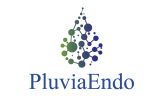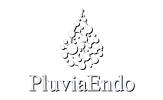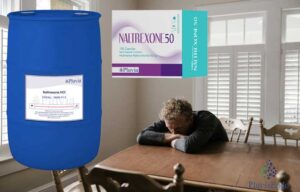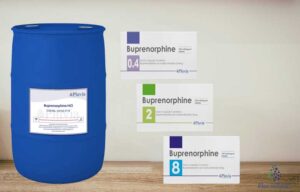Breastfeeding mothers often encounter various challenges when it comes to managing their health, particularly when considering medication use. Noscapine, a commonly used cough suppressant, raises questions about its safety during breastfeeding. In this article, we’ll explore the important considerations surrounding noscapine and breastfeeding to provide clarity and guidance for nursing mothers.
Safety Considerations for Breastfeeding Mothers
For breastfeeding mothers, ensuring the safety of the medications they take is crucial to protect both their health and that of their infants. While noscapine is generally regarded as safe for adults, its safety during lactation is less well-established. Limited studies suggest that noscapine may transfer into breast milk in small amounts. However, the clinical significance of this transfer remains uncertain. As a result, caution is advised when considering noscapine use while lactating.
Noscapine and Breastfeeding: Potential Risks
Noscapine transfer into breast milk is thought to be minimal. However, there are potential risks with its use in breastfeeding mothers. Infants exposed to noscapine through breast milk may experience side effects such as drowsiness or respiratory depression. Additionally, prolonged or high-dose noscapine use could increase the risk of adverse effects in infants. Nursing mothers should be vigilant for any signs of these side effects in their infants and consult a healthcare professional if concerned.
Consultation with Healthcare Providers
Given the uncertainties surrounding noscapine use during lactation, nursing mothers should consult with their healthcare providers before using this medication. Healthcare professionals can provide personalized guidance based on the mother’s health status, the infant’s needs, and current medical evidence. They may recommend alternative cough remedies or advise on the safest way to use noscapine if deemed necessary.
What We Need to Know for Trading
For trading professionals involved in healthcare sectors, understanding the safety profile of noscapine for breastfeeding mothers is paramount. Limited studies are showing the transfer of noscapine into breast milk. So, it is generally compatible with breastfeeding due to its low oral bioavailability and minimal systemic absorption. However, caution is still important. Especially with prolonged or high-dose use, as there is a potential risk of adverse effects on the lactation infant.
Risk-Benefit Assessment
Traders must conduct a thorough risk-benefit assessment when considering the implications of noscapine use during breastfeeding. While noscapine may provide relief for coughing mothers, potential risks to the breastfeeding infant, such as sedation or respiratory depression, cannot be overlooked. Factors such as the dosage, frequency of use, and duration of treatment should be carefully evaluated to minimize potential harm.
Regulatory Considerations
Trading professionals should also be mindful of regulatory guidelines and recommendations regarding noscapine use during breastfeeding. Regulatory bodies such as the FDA guide medication safety during lactation, which traders can use to inform their trading decisions and risk assessments.
What countries have a shortage of noscapine base?
To determine specific countries with a lack of noscapine base, it would be necessary to conduct detailed market research or consult industry experts familiar with pharmaceutical manufacturing and distribution in those regions. However, as statistics said countries like Cameroon, the Central African Republic, Madagascar, Mali, and the Syrian Arab Republic are facing a shortage of Noscapine base.
Noscapine and Breastfeeding: Conclusion
As trading professionals operating in healthcare-related sectors, understanding the safety and implications of medications like noscapine during breastfeeding is essential for making informed decisions in the market. While noscapine may offer relief for coughing mothers, traders must weigh the potential risks to breastfeeding infants and conduct thorough risk-benefit assessments. By staying informed about regulatory guidelines and recommendations, traders can navigate the complexities of trading in healthcare sectors responsibly and ethically.









